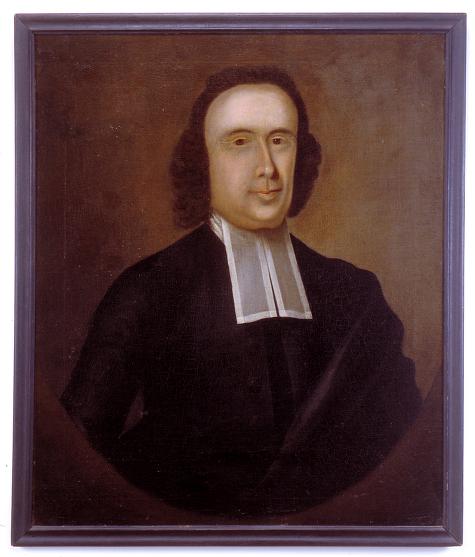|

(c) Pocumtuck Valley Memorial Association, Deerfield MA. All rights reserved.
New Groups : A Great Migration
|
|
Poor economic conditions, social stresses, and political turmoil plagued England in the seventeenth century. These problems motivated almost 400,000 people to leave England for British colonies in America. Among them was a group of reform-minded Protestants known as Puritans. The English government had proven unwilling to "purify" what the Puritans believed to be a corrupt Church of England. When King Charles I dissolved Parliament and economic conditions worsened, many Puritan leaders decided to establish a godly colony in the "New World." This colony would also provide the economic and social security the Puritans craved but could not attain in England.
Between 1630 and 1643, over 20,000 English men, women and children sailed to the new Massachusetts Bay Colony in what became known as the "Great Migration." In contrast to the Pilgrims, or Separatists, who had established a colony at Plymouth some ten years earlier, many of the Puritans of Massachusetts Bay were men of authority and not -inconsiderable wealth. Nor did they intend to sever their connection with the existing Church of England, as had the Separatists. The Puritan goal was to reform the existing church by modeling godly communities in New England.
Like other colonists from England, Puritan settlers carried with them distinctly English economic and cultural assumptions. English society in this period was essentially hierarchical. Everyone was supposed to know his or her place in the social order. Ministers and other public figures enjoyed great respect and prestige. This portrait of the Reverend Stephen Williams of Longmeadow, Massachusetts, conveyed his social and intellectual authority. His clerical dress identified him as one of the most educated and important men in early New England society. His wig, and the fact that he had his portrait painted at a time when very few people could afford to do so, also marked Williams as a person of importance. Williams achieved notoriety when he was taken captive at the age of ten in a French and Indian raid on the town of Deerfield, Massachusetts in 1704.
top of page
|
Reverend Stephen Williams (1693-1782)
| artist Joseph Badger [Attributed to] (1708-1765) |
| date c. 1755 |
| location Boston, Massachusetts |
| width 25.125" |
| height 30.125" |
| height (framed) 32.25" |
| width (framed) 27.62" |
| process/materials oil on canvas |
| item type Art/Painting |
| accession # #1889.04 |
|





